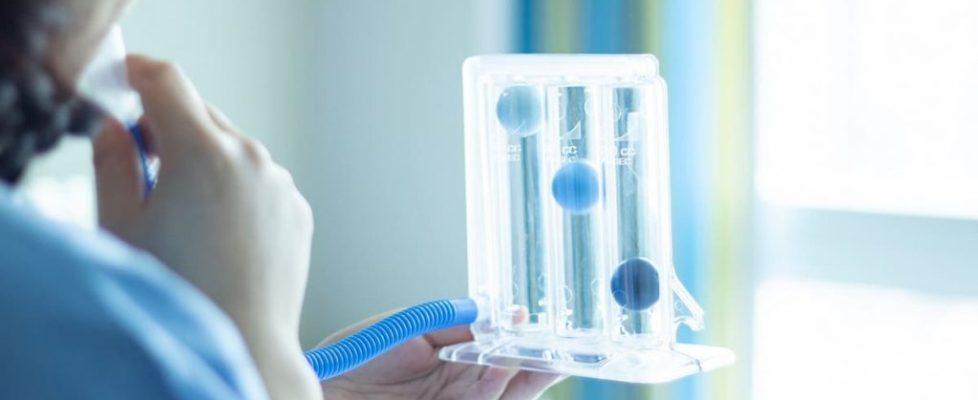How new medical codes can boost use of digital therapeutic tools
The growing and continuing physician interest in using digital health tools is being supported by a steadily developing regulatory framework and an infrastructure that creates a pathway to payment while defining how devices and software can help treat, manage and prevent disease.
An AMA physician survey (PDF), conducted every three years, finds adoption of digital health tools has grown significantly among all physicians regardless of gender, specialty or age, with improved clinical outcomes and work efficiency identified as the key drivers of adoption.
The digital health tools that garner the most enthusiasm among physicians are televisits (57%) followed by remote-monitoring devices (53%).
The largest growth in adoption was among digital health tools that aid in remote care with the percentage of physicians using remote-monitoring devices reaching 30% in 2022, compared with only 12% in 2016.
The 2016 survey also surfaced the four questions that physicians want to know about new emerging digital health solutions:
- Does it work?
- Will I receive proper payment?
- Will I be liable and what are the risks?
- Will it work in my practice or workflow?
When it comes to validating the effectiveness and safety of these remote tools, the Food and Drug Administration (FDA) regulates them in its Software as a Medical Device category.
In terms of ensuring proper payment, the Current Procedural Terminology (CPT®) code set classifies them as either tools for remote physiologic monitoring (RPM) or remote therapeutic monitoring (RTM).
RPM tools assess data in order to appropriately manage disease. RTM tools expand access to remote monitoring and monitoring of data related to signs, symptoms and functions of a therapeutic response.
“The CPT Editorial Panel has spent a lot of time and effort over the last few years making sure that the CPT code set is robust in this area,” said Zachary Hochstetler, the AMA’s director of CPTeditorial and regulatory affairs, during “Digital Therapeutics: In Practice,” a free on-demand AMA webinar. (Registration required.)
This year’s Outpatient CDI Workshop and CPT and RBRVS 2023 Annual Symposium are being held virtually Nov. 15–18. Stay up to date on significant CPT code and relative value unit (RVU) changes for 2023. Register now.
What digital therapeutic tools do
Digital therapeutics (DTx) “deliver therapeutic interventions directly to patients using evidence-based, clinically evaluated software to treat, manage and prevent a broad spectrum of behavioral, mental, and physical diseases and disorders,” according to the Digital Therapeutics Alliance, a trade association of industry stakeholders engaged in the evidence-driven advancement of DTx.
The alliance lists examples of DTx that aid in the treatment of type 2 diabetes, generalized anxiety disorder, depression, migraine, insomnia and more.
“Anything that is purely clinical decision support or purely a monitoring tool or a like an electronic health record actually is not a digital therapeutic because it’s not actually providing a therapy to a patient,” Megan Coder, PharmD, the chief policy officer and founder of the Digital Therapeutics Alliance, said during the webinar.
An important distinction Coder mentioned is that, while the RTM software is hosted on a general device or even on a device specifically created to host the DTx tool, it is the software—and not the device—that is “directly treating, managing or preventing a disease or disorder and is used in the context of clinical care.”
Differences between RPM, RTM tools
RPM CPT codes were created in 2019 and cover setup and educating patients on use of the devices, device supply and the management of patient treatment, Hochstetler said.
The RPM codes are intended to be used in the monitoring of a patient’s physiologic parameters such as weight, blood pressure, pulse oximetry or respiratory flow rate.
“The primary way in which these are used is to assess data remotely in order to appropriately manage disease—and so that’s just at the highest level what they’re meant to do,” Hochstetler explained.
“What the CPT code lacked before 2019 was a holistic code family for the cost of the device, the cost of the patient training that was happening or anything else that was outside of the physician’s work,” he added.
The RTM CPT codes were created this year and are also used for device supply, device setup and patient education in their use, as well as patient adherence and response to therapy.
These new remote therapeutic monitoring codes focus on musculoskeletal system status, respiratory system status, therapy adherence and therapy response, and represent the review and monitoring of data related to a therapeutic response.

